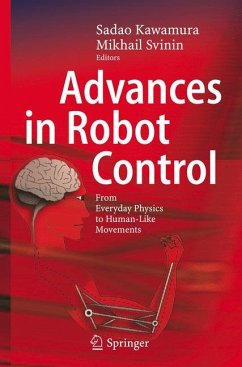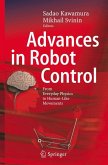Robotics is still a young science, but we can already identify the people who de?ned its primary course of development. Suguru Arimoto is one of them. His early works laid the foundations of what nowadays is called modern robot control, and we believe it is both appropriate and necessary to write a book on recent advances in this ?eld in the context of his scienti?c interests. While presenting recent advances in robot control is the main intention of this book, we also think it is appropriate to highlight Suguru Arimoto's research career, main scienti?c achievements, and his personality, too. This can be very inspiring and instructive, especially for young researchers. What are the most remarkable features of Suguru Arimoto? On the p- sonal side, his vitality is striking. He is always focused on a research target, and it is always a fun and a pleasure to discuss with him scienti?c pr- lems and to learn from him. His passion to explain things that might not appear obvious is endless. It is very encouraging to younger researchers that, at this stage of his career, he is still a very active, approachable, and in?u- tial researcher, and a person who leads by example. On the scienti?c side, we should stress his research philosophy. He believes that the ?nal result should be simple and have a clear physical (or physiological, in his recent research) interpretation.
Bitte wählen Sie Ihr Anliegen aus.
Rechnungen
Retourenschein anfordern
Bestellstatus
Storno








